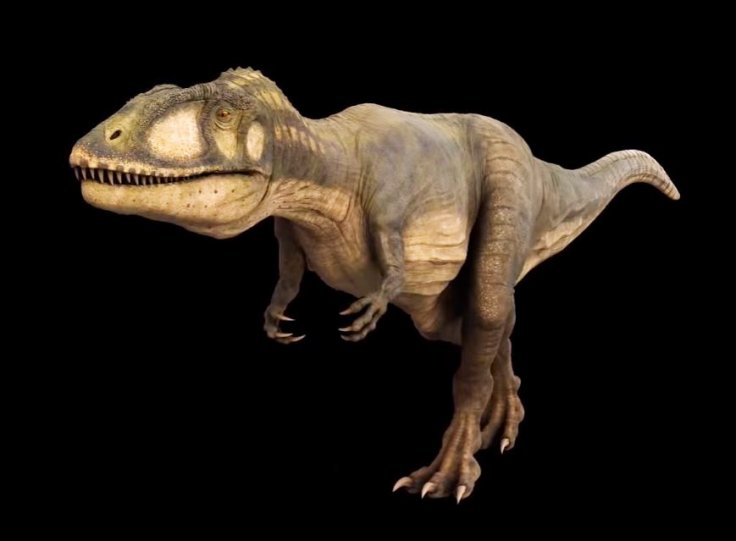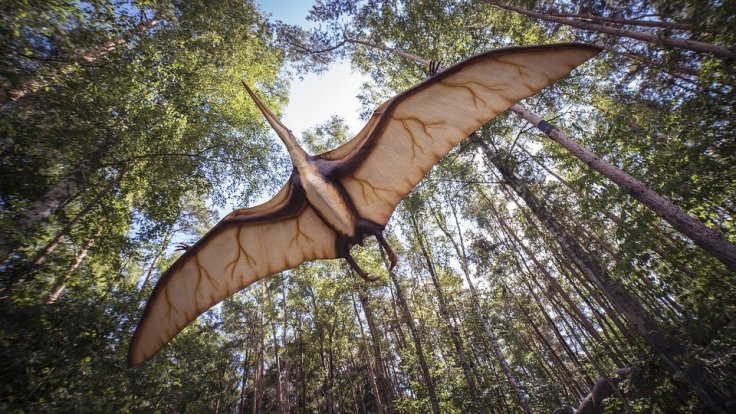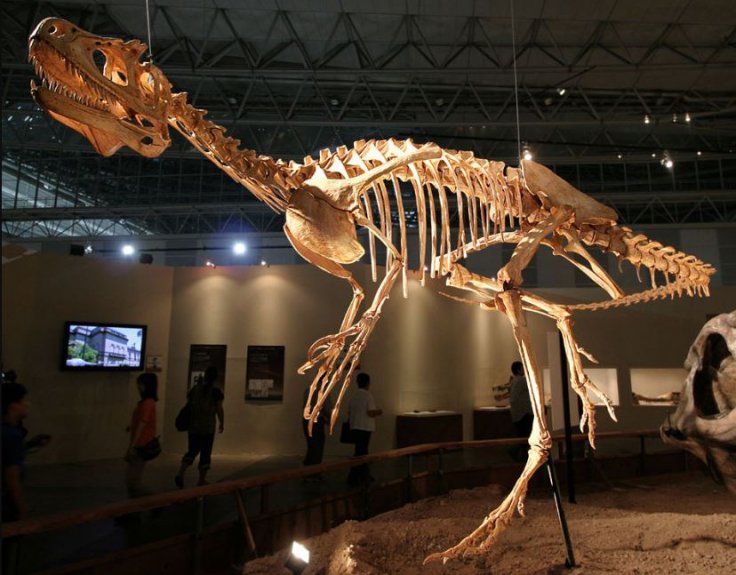If one was asked which was the most dangerous place in the history of the planet, what would their answer be? Not many can answer that question. However, an international team of scientists has identified such a place — a predator-ridden Morocco 100 million years ago.
According to the study, fearsome predators such as enormous dinosaurs and freshwater sharks dominated the area, making it the worst place for a time traveller to visit. The paleontologists arrived at the conclusion after reviewing fossils of vertebrates found in a region of Cretaceous rock formations in south-eastern Morocco called the Kem Kem Group.
Stating that the paper "provides a window into Africa's Age of Dinosaurs", Dr. Nizar Ibrahim, lead author of the study, said in a statement: "This was arguably the most dangerous place in the history of planet Earth, a place where a human time-traveller would not last very long."

Death with razor teeth and talons
The scientists say that nearly 100 million years ago, the region consisted of an expansive river system. Several species of terrestrial and aquatic animals made the area their home. Among the fossils obtained from the Kem Kem Group are some of the largest predatory dinosaurs discovered by man.
One such creature that inhabited the ancient lands was the sabre-toothed Carcharodontosaurus, which bore a resemblance to the most popular dinosaur ever, a T-Rex. It was over eight meters long with a large elongated jaw that accommodated serrated teeth which could grow up to eight inches in length.

Another terrifying predator that lived alongside Carcharodontosaurus was Deltadromeus. Belonging to the raptor family, it had long and exceptionally slender hind limbs for a large dinosaur that was nearly eight meters in length. Some scientists believe that the design of its legs may have gifted it with running prowess. In addition to these heavyweights, the other creatures found in the region were crocodile-like reptilians and several flying predators such as pterosaurs.
Abundant availability of prey
The concentration of such large creatures within the area would have been possible only with the abundant availability of food. David Martill, co-author of the study, said that nature provided for the existence of such an ecosystem. According to Martill, the waters teemed with enormous fish such as lungfish, and giant coelacanths that were nearly five times the size of coelacanths found today.

And if land was not enough, danger lurked in the rivers in the form of massive freshwater sharks. Describing the finned killer, Martill said: "There is an enormous freshwater saw shark called Onchopristis with the most fearsome of rostral teeth, they are like barbed daggers, but beautifully shiny."
Biggest review in nearly 100 years
The study is a collaboration between researchers from the Universities of Detroit, Chicago, Montana, Portsmouth (UK), Leicester (UK), Casablanca (Morocco), and McGill (Canada), along with the Paris Museum of Natural History.

Highlighting that this was the largest such study in nearly 100 years, Martill said: "This is the most comprehensive piece of work on fossil vertebrates from the Sahara in almost a century, since the famous German paleontologist Ernst Freiherr Stromer von Reichenbach published his last major work in 1936."









